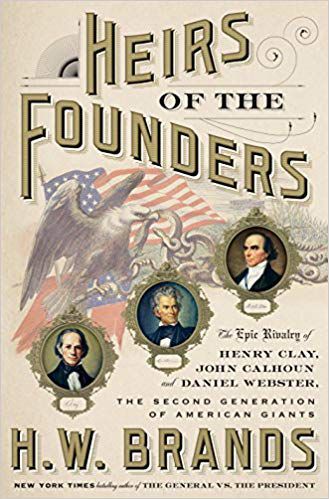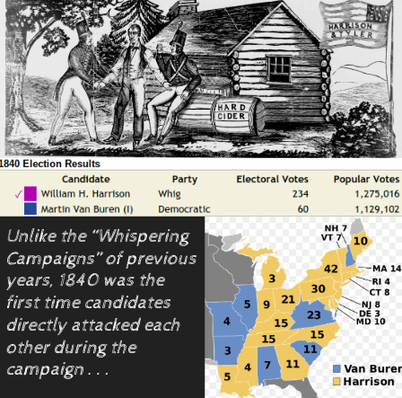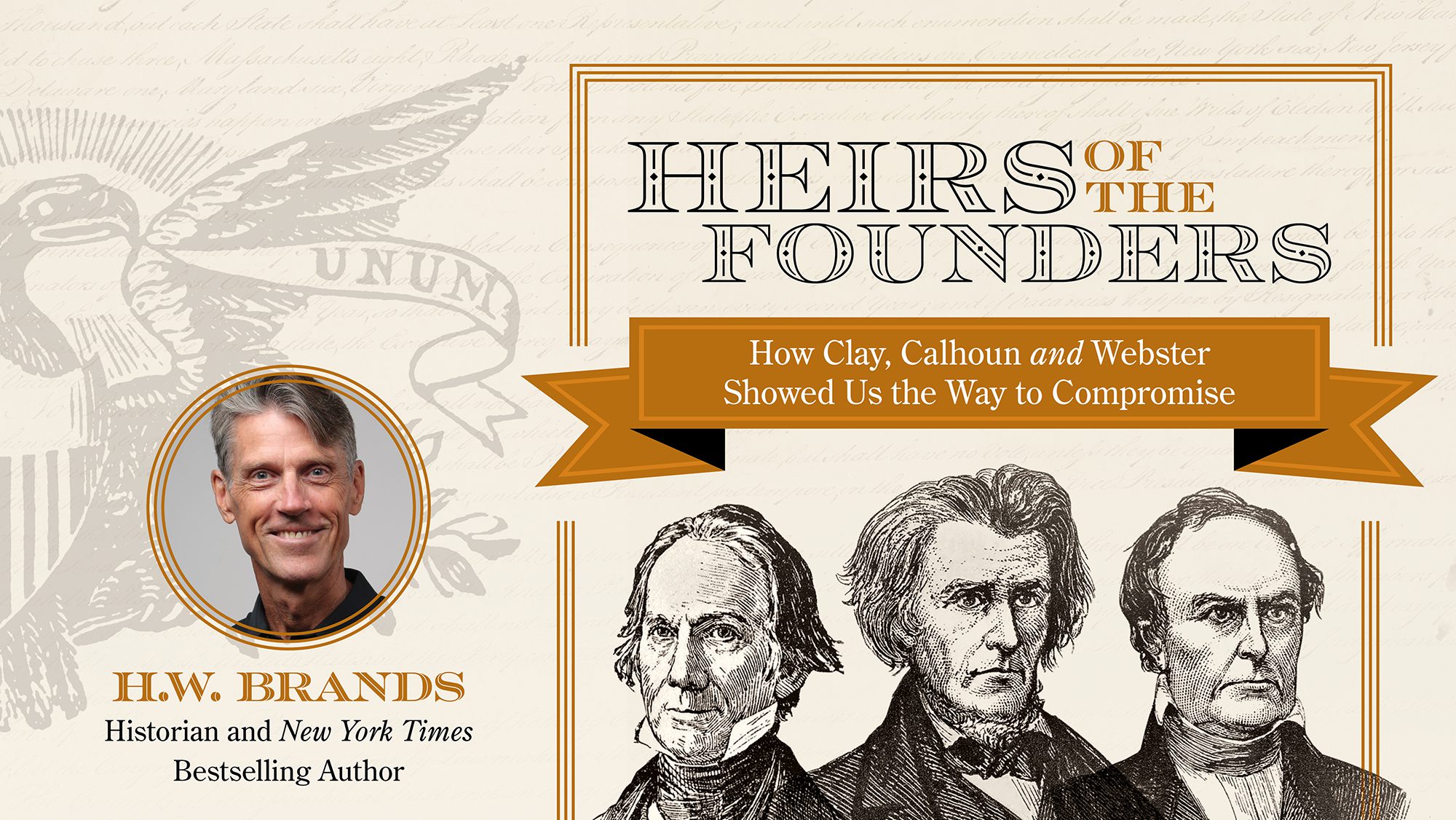


Henry Clay of Kentucky, as dashing as he was ambitious, embodied the hopes of the rising West. Daniel Webster of Massachusetts, a champion orator known for his eloquence, spoke for the North and its business class. In the early days of the nineteenth century, three young men strode onto the national stage, elected to Congress at a moment when the Founding Fathers were beginning to retire to their farms. Brands comes the riveting story of how America's second generation of political giants-Henry Clay, Daniel Webster, and John Calhoun-battled to complete the unfinished work of the Founding Fathers and decide the shape of our democracy. These are the greatest war movies ever."From New York Times bestselling historian H.W. Many of these battles, and the heroic figures who fought in them, have been immortalized in classic films. Names like Iwo Jima, the Battle of the Bulge, and Guadalcanal are taught in school as essential moments in American and world history. Most Americans will likely be familiar with many of these conflicts. These are the wars in which the most Americans died. Yet in foreign conflicts, such as the World Wars and Korea, battles often stretched for weeks and even months, with thousands of troops killed. Though the Civil War featured fierce fighting, the war’s battles were generally a few days long, and the deadliest single day of fighting, at Antietam, claimed ro ughly 3,600 liv es. military engagements were ranked based on the number of troops killed in action.Įach of the deadliest battles in U.S. reviewed the article The 18 Deadliest Battles in American Military History from History Collection. To determine the deadliest battle in U.S. Many of these deaths occurred during especially bloody battles in conflicts all around the world.

Many of these troops paid the ultimate price – over 650,000 Americans have been killed in battle while serving their country. Since the American Revolution in 1775, more than 42 million Americans have served in the military during a time of war, according to the U.S.


 0 kommentar(er)
0 kommentar(er)
